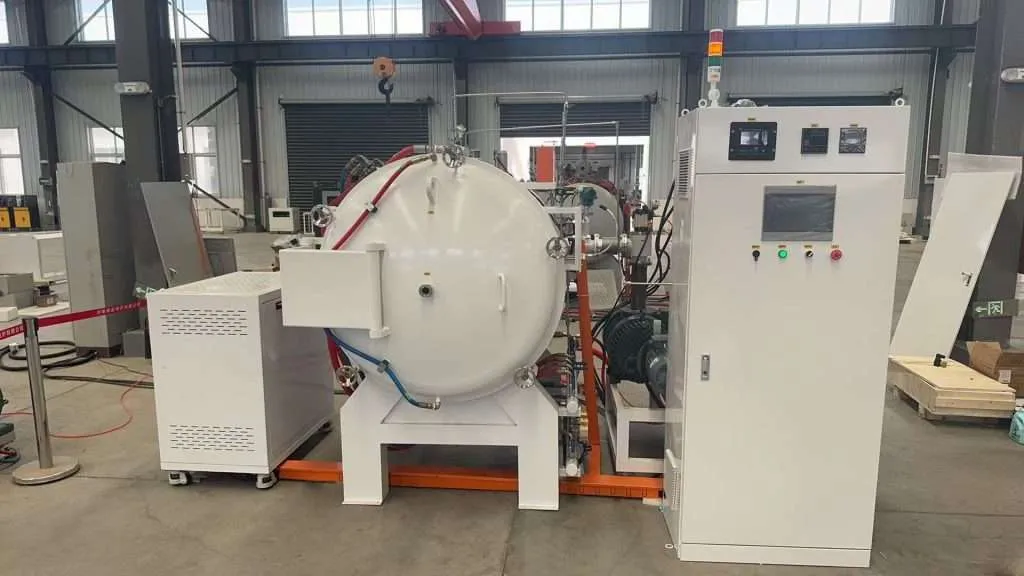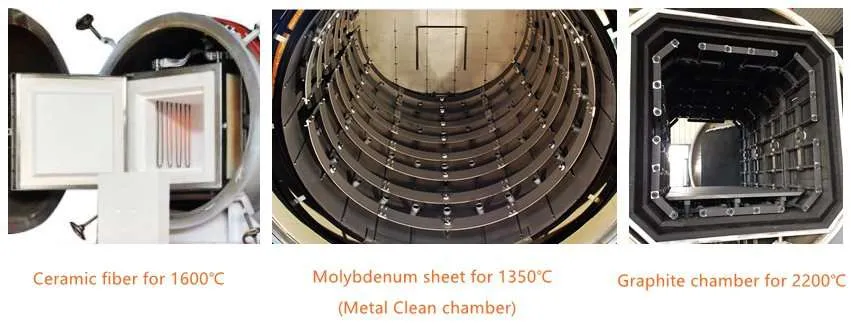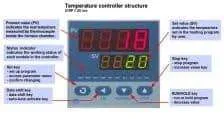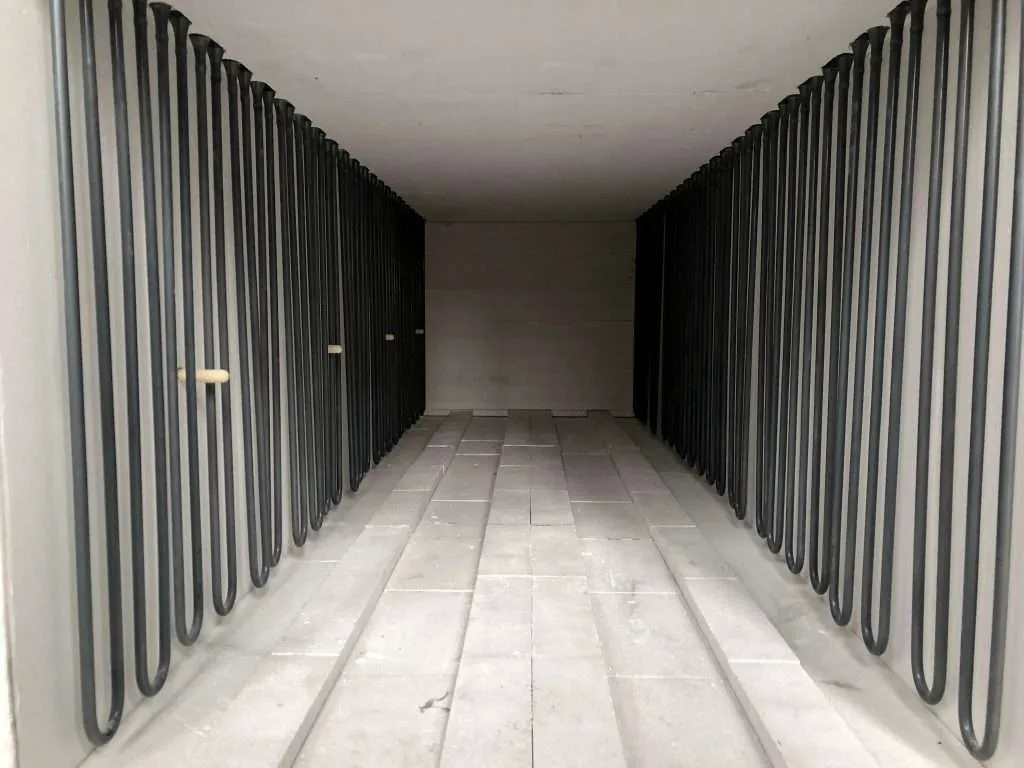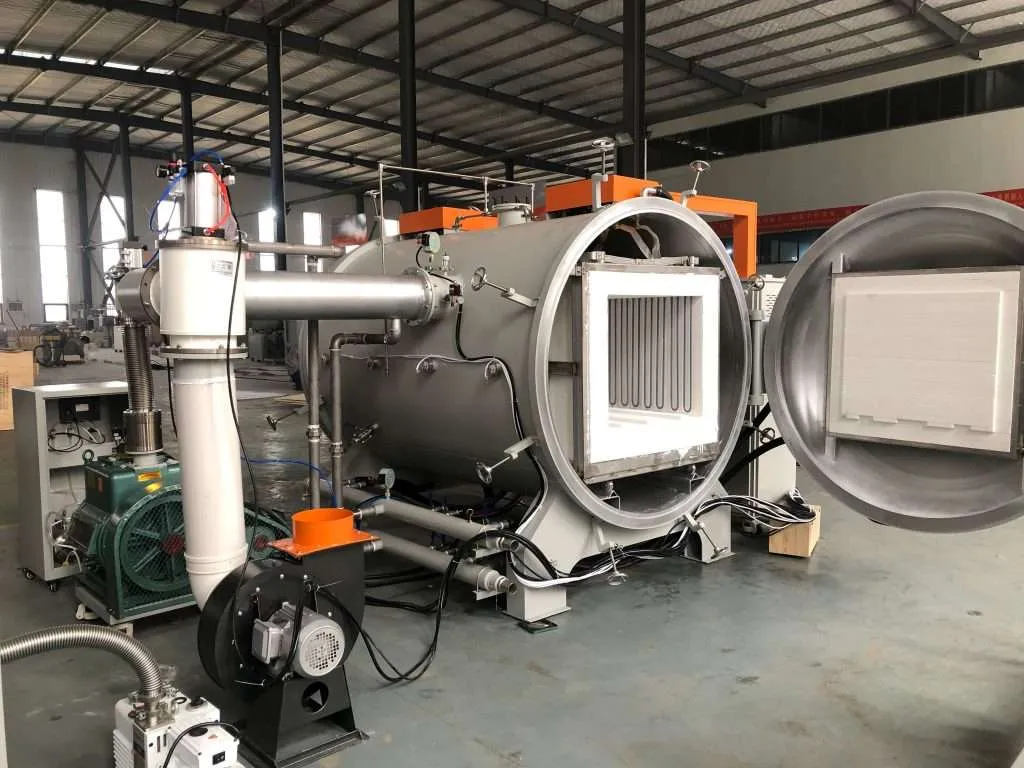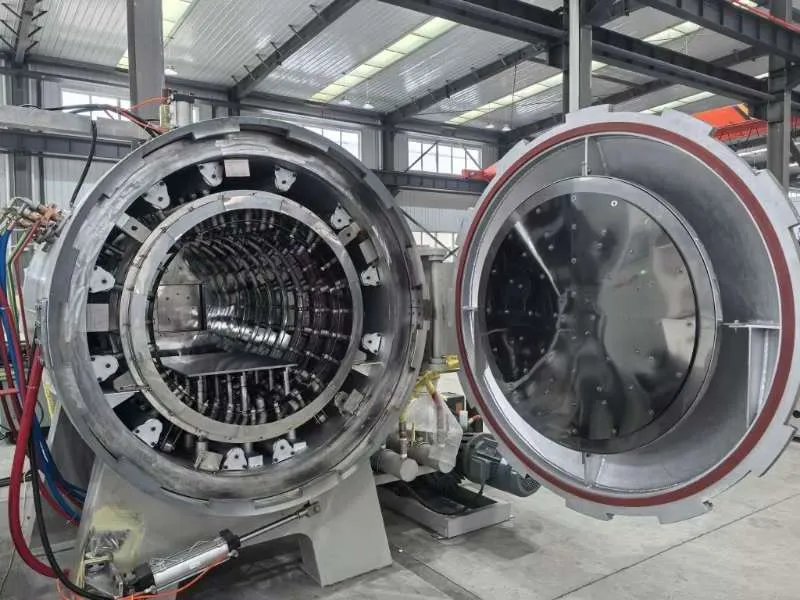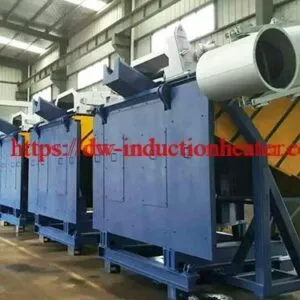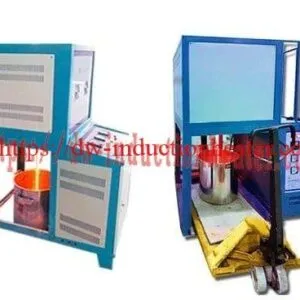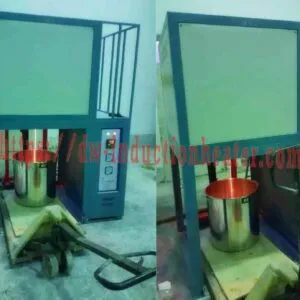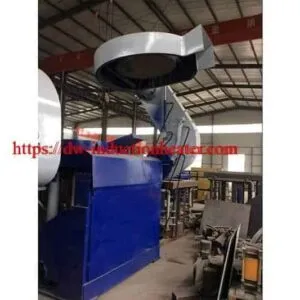-
1/5
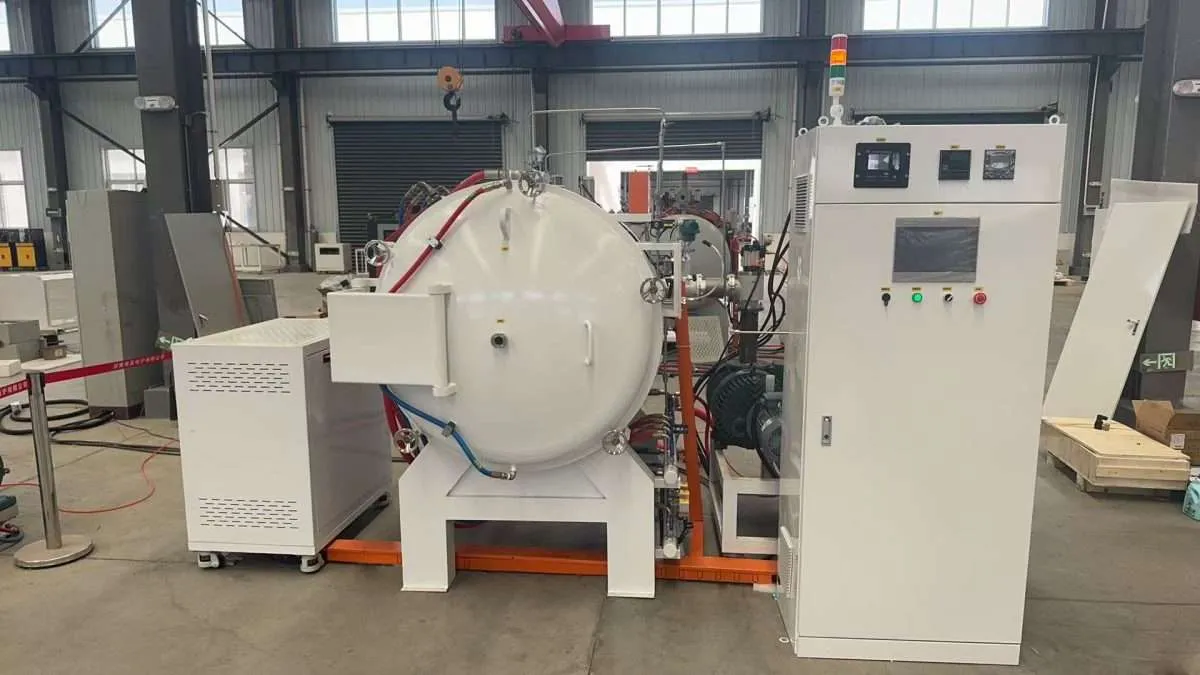
-
2/5
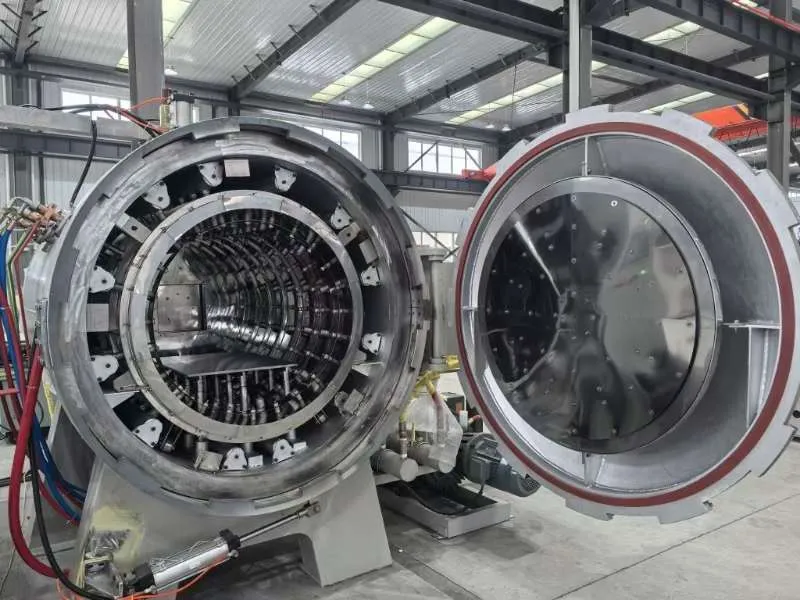
-
3/5

-
4/5

Laboratory Vacuum Furnace-Vacuum Heat Treatment Furnace-Vacuum Sintering Furnace
In the demanding world of materials science, metallurgy, and high-tech manufacturing, the laboratory vacuum furnace has become an indispensable component for achieving high-purity, high-performance results. Also known as a vacuum heat treatment furnace, this specialized equipment creates a controlled, low-pressure environment for precise heat treatment, ensuring superior material properties and unmatched process reliability.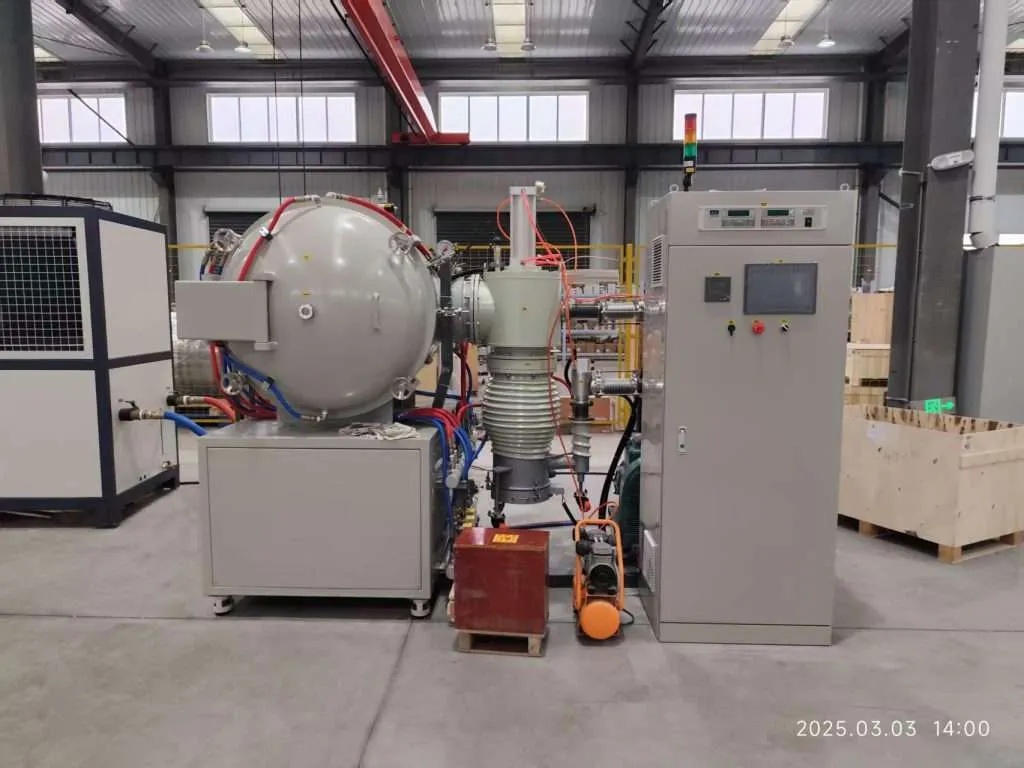
What is a Laboratory Vacuum Furnace?
A laboratory vacuum furnace is a high-temperature oven designed to perform heat treatment processes such as annealing, sintering, brazing, and degassing under vacuum or inert gas environments. By eliminating atmospheric gases like oxygen and moisture, vacuum furnaces prevent oxidation, contamination, and unwanted chemical reactions during thermal processing.
Key Features
- Oxidation Prevention: The vacuum environment shields sensitive samples from air, ensuring pure, uncontaminated results.
- Wide Temperature Range: Typical working temperatures span from 800°C up to 2000°C, with stable, programmable control.
- Ultimate Vacuum Levels: State-of-the-art models reach vacuum as low as 7 × 10⁻³ Pa, suitable for even the most demanding processes.
- Superior Temperature Uniformity: With uniformity as tight as ±5°C, these furnaces deliver consistent and reproducible results across the entire chamber.
- User-Friendly Controls: Advanced PLC systems and touchscreen interfaces offer precision, automation, and data logging for process optimization.
Common Applications of Vacuum Heat Treatment Furnace
Laboratory vacuum furnaces are crucial across multiple industries and research sectors. Key applications include:
1. Heat Treatment of Alloys and Metals
Processes such as annealing, tempering, and stress relieving can be performed without the risk of oxide scale or internal contamination, especially important for aerospace components and specialty alloys.
2. Sintering of Advanced Materials
These furnaces are ideal for sintering magnetic materials, powder metallurgy products, ceramics, and composites. The vacuum or inert atmosphere ensures high density and superior purity, essential for cutting-edge electronics and magnetic applications.
3. Thermal Processing of Magnet Materials
Vacuum heat treatment is vital for materials like NdFeB and SmCo magnets, where the strict control of atmosphere and temperature dramatically affects magnetic properties and service life.
4. Brazing and Bonding
Joining complex and sensitive parts, such as those used in medical devices or high-vacuum systems, requires oxide-free, high-integrity bonding only achievable in a vacuum furnace.
5. Degassing & Purification
High vacuum and temperature combine to remove residual gases, moisture, and volatile contaminants from metals, ceramics, and functional materials — critical for semiconductor and high-purity applications.
|
High Temperature Lab Vacuum Furnace, 2200℃ Max. High Vacuum Heat Treatment Furnace. This high temperature Vacuum Furnace is cost-effective. Max. vacuum 7×10-4Pa. Excellent uniformity, precise control for vacuum sintering, brazing, annealing, tempering and hardening, etc. It is used for ceramic materials, ceramic-metal composites, refractory metals, and alloy materials, as well as vacuum brazing of alloy tools and superhard materials. |
|
High Temperature Vacuum Furnace Applications: · Vacuum heat treatment – hardening, tempering, and annealing · Vacuum brazing · Sintering · Degassing Advantages of High Temperature Vacuum Furnace: · No surface oxidation or discoloration · Minimal distortion · Flux free brazing · Repeatable quality · Clean, safe, quiet and efficient All our vacuum furnaces can be used with either an inert gas or a reactive gas. The majority of products in our vacuum furnace range are available with either ceramic fiber, molybdenum, or graphite insulation. On request, a furnace with a graphite insulation chamber can be configured to safely operate at up to 2200°C. 3 types of Furnace Chamber for optional
Vacuum System: |
Customized high temperature vacuum furnace as below: (other sizes can be customized)
| Parameter | Specification |
|---|---|
| Model | DW-1200-M |
| Furnace Chamber Dimensions | 600 × 600 × 2300 mm (Alumina Ceramic) |
| Maximum Working Temperature | 1200°C |
| Long-term Working Temperature | 1100°C |
| Temperature Uniformity | ±5°C (within effective working zone) |
| Heating Rate | 0-20°C/min (adjustable) |
| Ultimate Vacuum | 7×10⁻³ Pa |
| Vacuum System |
Mechanical Pump: 25 L/s Molecular Pump: 1500 L/s Vacuum Gauge: Full-range ionization gauge |
| Power Supply | 380V, Three-phase five-wire system, Rated Power: 60 kW |
| Heating Elements | Molybdenum wire heaters with multi-zone control |
| Temperature Control |
PID Controller with program segment control Thermocouple: Type B |
| Cooling System |
Water-cooled (20 L/min) Closed-loop circulation system |
| Protective Gas | High-purity N₂/Ar (99.999% purity) |
| Control System |
PLC automatic control Touch screen HMI Data logging and export function |
| Safety Protection Devices |
Over-temperature protection Over-pressure protection Water flow protection Power failure protection Emergency stop |
| Magnetic Field Shielding | High magnetic permeability alloy shielding |
| Overall Dimensions | 1800 × 1500 × 2800 mm |
| Weight | Approx. 3500 kg |
| Process Atmosphere | Vacuum / Inert gas |
| Operation Mode | Fully automatic/manual optional |
| Workpiece Specifications |
Diameter: 4 mm Length: up to 200 mm |
| Application Field |
Magnetic materials sintering High-performance permanent magnet preparation |
Heating Wires High Temperature Vacuum Furnace up to 1200℃
|
Model |
Max Temp. |
Chamber size |
Heating element |
Capacity (L) |
Power (KW) |
Vacuum |
|
DW-12HVF-1 |
1200 |
100*100*100 |
Resistance wire |
1 |
1.2 |
7*10-3Pa |
|
DW-12HVF-5 |
1200 |
150*150*200 |
Resistance wire |
4.5 |
3.5 |
7*10-3Pa |
|
DW-12HVF-12 |
1200 |
200*200*300 |
Resistance wire |
12 |
5 |
7*10-3Pa |
|
DW-12HVF-36 |
1200 |
300*300*400 |
Resistance wire |
36 |
12 |
7*10-3Pa |
|
DW-12HVF-64 |
1200 |
400*400*600 |
Resistance wire |
96 |
24 |
7*10-3Pa |
|
DW-12HVF-125 |
1200 |
500*500*700 |
Resistance wire |
175 |
36 |
7*10-3Pa |
|
DW-12HVF-216 |
1200 |
600*600*900 |
Resistance wire |
324 |
56 |
7*10-3Pa |
Molybdenum Foil High Temperature Vacuum Furnace up to 1350℃
|
Model |
Chamber size |
Temp. |
Power(KW) |
Voltage |
Max.Vacuum |
|
DW-QHM-223 |
200*200*300 |
1350℃ |
42 |
380V |
7×10-4 Pa |
|
DW-QHM-334 |
300*300*400 |
1350℃ |
72 |
380V |
|
|
DW-QHM-446 |
400*400*600 |
1350℃ |
120 |
380V |
|
|
DW-QHM-557 |
500*500*700 |
1350℃ |
160 |
380V |
|
|
DW-QHM-669 |
600*600*900 |
1350℃ |
225 |
380V |
MoSi2 Heater High Temperature Vacuum Furnace up to 1700℃
|
Model |
Max Temp. (℃) |
Chamber size |
Heating element |
Capacity |
Power |
Max. Vacuum |
|
DW-17VF-1 |
1700 |
100*100*100 |
MoSi2 heater |
1 |
1.5 |
7×10-3 Pa (7×10-5 mbar) |
|
DW-17VF-5 |
1700 |
150*150*200 |
MoSi2 heater |
4.5 |
5 |
|
|
DW-17VF-12 |
1700 |
200*200*300 |
MoSi2 heater |
12 |
8 |
|
|
DW-17VF-36 |
1700 |
300*300*400 |
MoSi2 heater |
36 |
12 |
|
|
DW-17VF-80 |
1700 |
400*400*600 |
MoSi2 heater |
96 |
30 |
|
|
DW-17VF-175 |
1700 |
500*500*700 |
MoSi2 heater |
175 |
45 |
|
|
DW-17VF-324 |
1700 |
600*600*900 |
MoSi2 heater |
324 |
70 |
High Temperature Graphite Vacuum Furnace up to 2200℃
|
Model |
Heating Zone (Dia.* Height) |
Temperature |
Power |
Voltage |
Max. Vacuum |
|
DW-22STV-20 |
Φ80×100mm |
2200℃ |
20kW |
380V |
7×10-3 Pa (7×10-5 mbar) |
|
DW-22STV-25 |
Φ90×120mm |
2200℃ |
25kW |
380V |
|
|
DW-22STV-40 |
Φ140×160mm |
2200℃ |
40kW |
380V |
|
|
DW-22STV-50 |
Φ160×200mm |
2200℃ |
50kW |
380V |
|
|
DW-22STV-60 |
Φ260×270mm |
2200℃ |
60kW |
380V |
|
|
DW-22STV-100 |
Φ320×320mm |
2200℃ |
100kW |
380V |
For precision thermal processing, a laboratory vacuum furnace is the gold standard. Whether you’re engaged in fundamental materials research, developing advanced alloys, or producing high-purity components, investing in vacuum heat treatment technology ensures reliable, scalable, and contamination-free results.
For more information on laboratory vacuum furnaces and custom configurations for your heat treatment requirements, consult reputable manufacturers or request detailed technical guidance tailored to your application.

